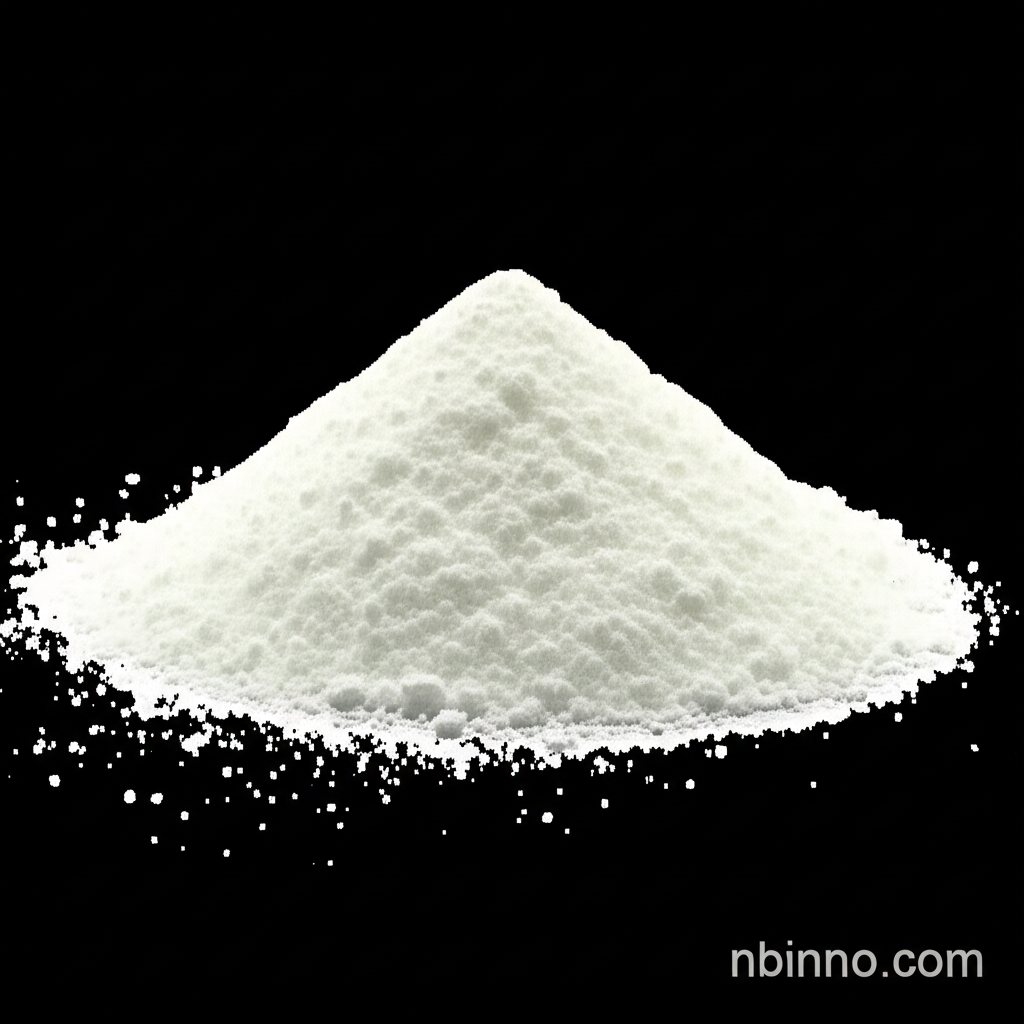4-Chloro-3-methylbenzoic Acid: A Versatile Intermediate for Pharmaceutical and Agrochemical Synthesis
Explore the essential properties and wide-ranging applications of this key organic compound.
Get a Quote & SampleProduct Core Value

4-Chloro-3-methylbenzoic Acid
As a crucial intermediate in organic synthesis, 4-Chloro-3-methylbenzoic acid (CAS: 7697-29-2) plays a vital role in the creation of complex chemical compounds. Its unique structure makes it an indispensable component for professionals engaged in advanced chemical research and manufacturing.
- Discover the critical role of 4-chloro-3-methylbenzoic acid synthesis in developing novel pharmaceutical compounds.
- Explore its application in tipifarnib analog preparation for targeted cancer treatments.
- Learn how this compound serves as a key agrochemical ingredient in formulating effective herbicides and fungicides.
- Understand its significance as a valuable building block for complex molecules in various chemical industries.
Advantages of Using 4-Chloro-3-methylbenzoic Acid
Enhanced Reactivity
The specific placement of chloro and methyl substituents on the benzene ring of 4-Chloro-3-methylbenzoic acid enhances its reactivity, facilitating targeted chemical transformations for the development of specialty chemicals.
Broad Application Scope
From its use in cancer drug development to its crucial role in agrochemical production, this pharmaceutical intermediate offers a wide scope for application across various sectors.
High Purity and Quality
Sourced with high purity levels, 4-Chloro-3-methylbenzoic acid ensures reliable performance in research and industrial applications, supporting efficient and successful chemical synthesis.
Key Applications
Pharmaceutical Synthesis
This compound is an essential reactant in the preparation of tipifarnib analogs, contributing to advancements in cancer drug development and Chagas disease treatments.
Agrochemical Production
Its utility extends to the agrochemical sector, where it is integral to the formulation of effective herbicides and fungicides, thereby enhancing agricultural productivity.
Organic Chemistry Research
As a versatile building block, it is utilized by researchers for the synthesis of a wide array of complex organic molecules, driving innovation in chemical sciences.
Specialty Chemicals
The precise functional properties derived from this compound make it valuable in the manufacturing of specialty chemicals requiring specific molecular structures.
